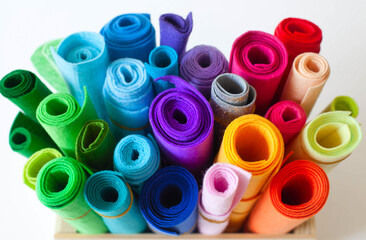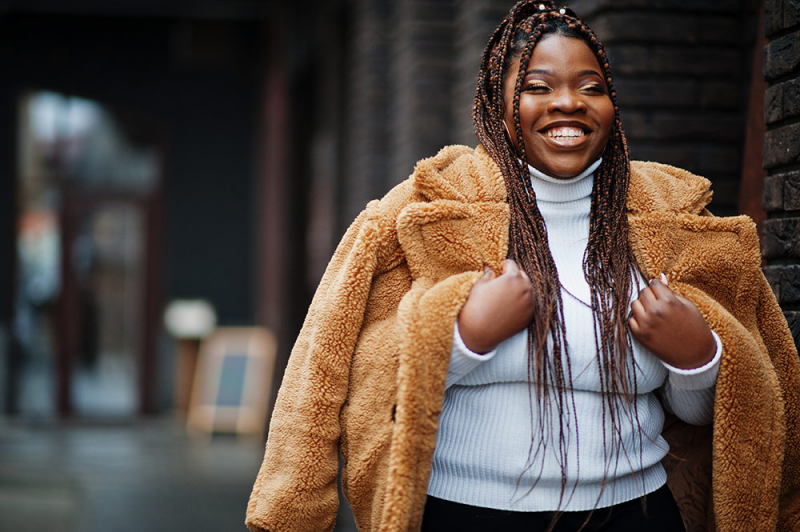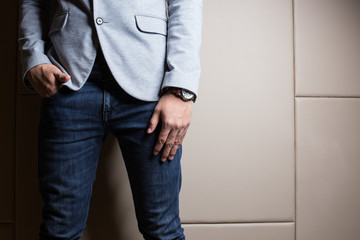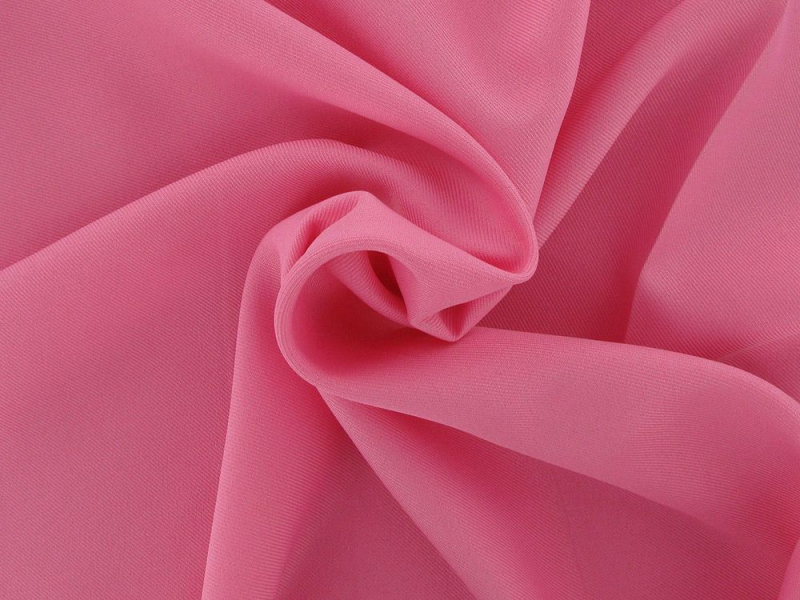Velvet vs Velour vs Velveteen: how to Choose, Sew and Care
Whether you’re on the hunt for the perfect fabric for a fashion garment or a piece of upholstery, choosing between velvet, velour and velveteen can be tricky. Each fabric has a rich texture unlike most other materials and offers a luxe finish regardless of design. However, although similar, each of these three fabrics is crafted differently and has unique properties that make them more distinctive than you might have first thought.
Once you know the main differences between each of the fabrics, you’ll be able to make the best choice for your creation.
What is the difference between velvet, velour and velveteen?
A symbol for centuries of wealth and luxury, velvet and velvet-like fabrics have long since been popular in the fashion and interior industries. But what is the difference between velvet and velour? And where does velveteen come in? Here we take a deeper look into the properties and characteristics of these three super-smooth fabrics.
Velvet
Velvet fabric is usually the most expensive and luxurious of the three fabrics, let’s take a look at it:
How is Velvet Made?
Velvet is a woven fabric, produced with two layers woven together, joined using a second warp thread. When the pile is cut, the long loops create the thick, almost three-dimensional texture of the nap that has made velvet popular for anything from fashion garments to luxury armchairs.
With a high pile, velvet fabric can be cut ‘pile up’ or ‘pile down’, deciding whether you see the luxe shine of the fabric or the richness of the colour. Making velvet such a unique fabric, this can be changed with the touch of the hand across the surface of the finished material.
Velvet can come at many price points depending on the threads used to make it. The most luxurious, and therefore, most expensive velvets are crafted using silk. Alternative velvets can be produced with rayon or polyester and can be made in different weights for its many uses.
When to choose and use velvet?
Depending on the weight, velvet can be the perfect choice for anything from evening wear and high-end clothing, to luxury upholstery. For a taste of luxurious silk velvet with minimal maintenance, accents such as throw pillows are a popular choice.
Velvet is luxurious, thick and smooth to the touch. Without any stretch, it’s perfect for draping on a garment or upholstery design from ballgowns to luxe curtains.
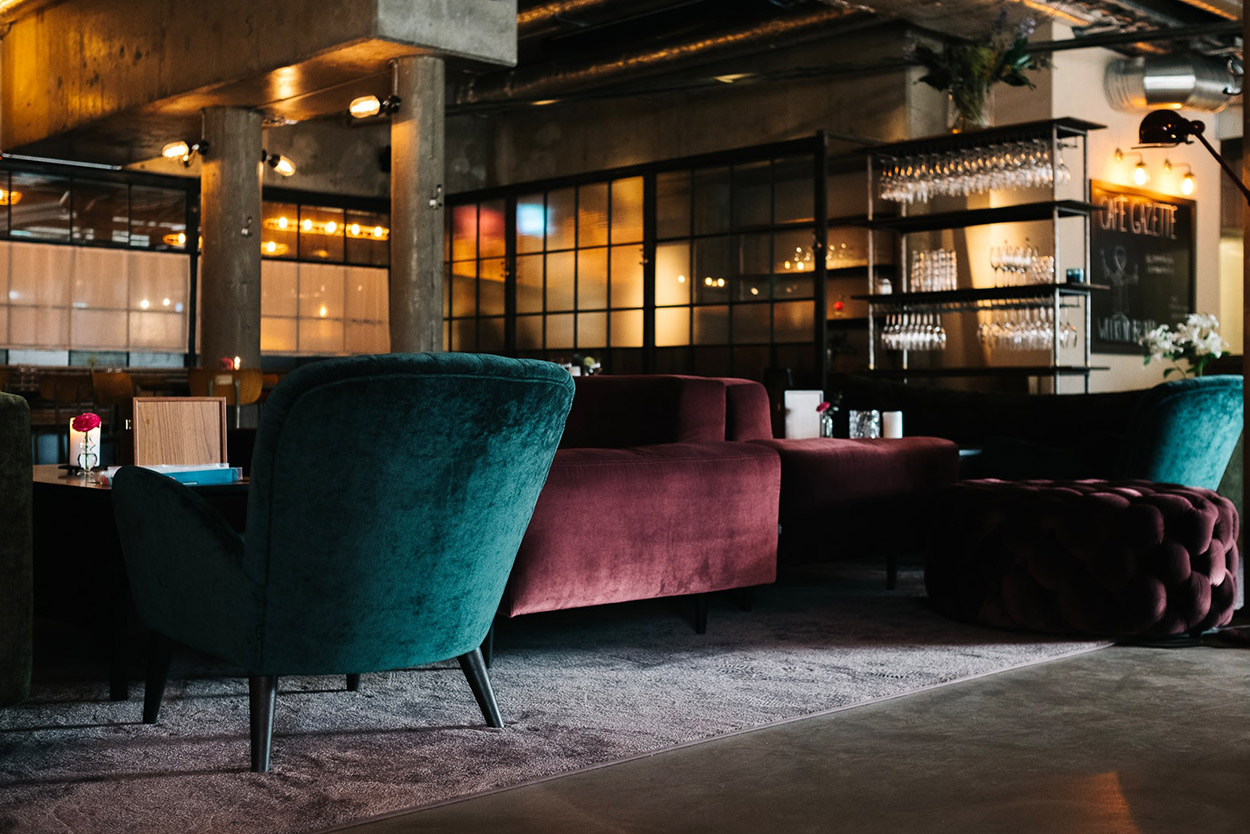
Challenges and tips on sewing with velvet
Because of the long nap that gives velvet its luxe texture, you need to be careful when cutting pieces of a pattern using this fabric. They need to be cut in the same direction to ensure that the colouring of your garment or design is consistent.
Velvet should not be touched with an iron so therefore, steam only and use sew-in interfacing rather than fusible.
Before you begin sewing velvet, test the pressure of your presser foot to see how the machine works with the fabric. You might need to reduce the pressure and release a little tension for smooth and even seams and hems.
Velour
Often more affordable than velvet, velour can be easier to care for and comes with several properties that make it a popular choice for a plethora of designs.
How is it made?
Velour is a knitted fabric with a medium pile, not as thick as velvet but with similar properties. The main difference between classic velvet and velour is the stretch you get with velour which opens its usage up to more accessible designs.
Unlike velvet, velour’s nap has cut loops, so it has a semi-shiny finish compared to velvet’s luxury shine.
Velour can be produced with polyester, spandex or sometimes a cotton blend, all of which can affect its pricing, weight and finish.
When to choose and use velour?
Velour is mostly used to create more affordable items. In fashion, velour is often used for more casual clothing and designs that require the velvet look but need to be more durable and washable for every day. Velour is also a great choice when creating something that needs to be form-fitting because of its stretch. This might be anything from dresses to leggings or bodysuits.
Stretch is one of the most important performance properties when looking at the difference between velvet and velour. Velour has much less of a drape to it than velvet which makes it less usable for luxury and loose-fitting garments and upholstery but due to its washability, it’s often chosen for high street and premium garments.
Challenges and tips on sewing with velour
Much like velvet, velour can be tricky to cut because of its nap. Again, you need to ensure that you cut patterns in the same direction to guarantee consistency in colour throughout your design.
Because of its stretch, you also need to be careful not to tug your velour fabric when sewing seams to ensure you don’t get a pulled or wonky result.
As velour is washable and yet stretchy, it can also be known to shrink slightly. A great tip would be to wash on a cool and gentle cycle or hand wash and dry flat before beginning to cut and sew.
Velveteen
A more structured and dense choice, let’s take a look at velveteen.
How is it made?
Usually cotton or a cotton blend, velveteen is a woven fabric with no stretch. It has the shortest pile of all three of the fabrics when comparing velvet vs velveteen vs velour. With velveteen, the woven loops are cut with a short nap, creating a dense texture. It is smooth but has a sturdy, matte finish which gives it an entirely different look to velvet or velour.
When to choose and use velveteen?
Velveteen is often used for upholstery and soft-furnishings. In fashion, velveteen is best used for more structured garments or designs that need a little more durability, such as childrenswear due to its denser and stiffer finish.
Tauter than velvet or velour, velveteen doesn’t have draping properties so it is used for more structured items. This could be used for anything from sportswear and jackets to bedspreads and home interior accessories.
Resembling suede, velveteen can be washed and ironed on the wrong side which makes it a good choice for clothing.
Challenges and tips on sewing with velveteen
Although the pile of velveteen is much shorter than velvet or velour, you still need to cut your patterns in the same direction to ensure you get the consistency of colour throughout your garment or design. This might mean you need to have a little extra yardage to ensure you can place your pattern pieces correctly.
As velveteen is known for showing stitch and pin marks, always remember to use fine and sharp needles and pins when sewing your fabric.
How to Care for Velveteen, Velvet and Velour
While silk velvet could be considered fairly difficult to care for in terms of washability, many of the other types of velvet and velour require only some simple care.
Water is not a friend to velvet, velour or velveteen and even washable fabrics like stretch velour should be cleaned closely following the fabric instructions on gentle and cold cycles. For longer pile velvets, dust regularly using a soft brush and refresh with steam if the fabric becomes dense or flat.
Velvets should be kept out of direct sunlight to best preserve the colour and allow the richness of your chosen palette to maintain its depth.
Whether you’re designing velvet or velour dresses or creating luxurious drapes to complete an interior design project, choosing the right fabric is one of the most important steps. Alongside velvet, velour and velveteen, plush fabrics with textured naps also include crushed velvet and corduroy.
During the fabrication process of crushed velvet, the fabric is twisted and flattened so that the pile is facing different directions giving it an almost crumpled finish. Crushed velvet is often used for upholstery and has become increasingly on-trend throughout the last several seasons. Corduroy offers a completely different look. Produced using woven weft threads that are cut to form vertical lines along the fabric, corduroy is perfect for structured garments like trousers or jackets.
Whatever your project, Dalston Mill is packed with all the fabrics, advice and information you need to make the perfect choice. Take a browse through our Velvet and Velour selection or get in touch for any individual queries you might have on any of our many fabrics.

















